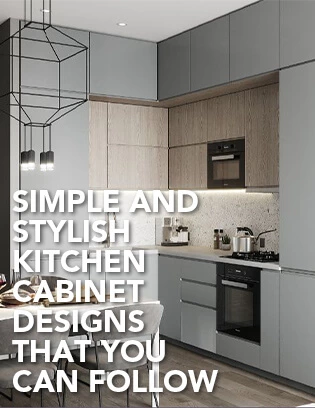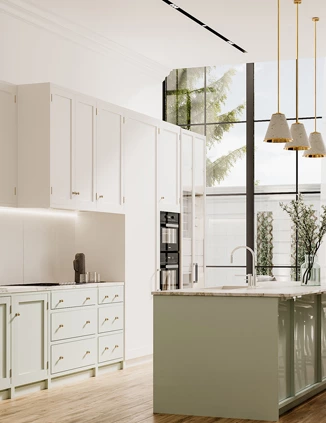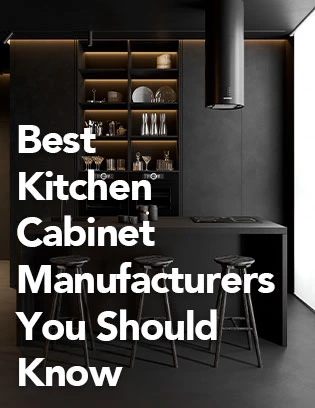6 Considerations of Kitchen Cabinet Customization
Cabinetry, as a pivotal element in the kitchen, not only serves the function of storage but also plays a crucial role in enhancing overall aesthetics and practicality. When choosing cabinets, aside from the usual considerations of style, functionality, and quality, there are numerous subtle details to take into account.
1.Space Planning and Layout
Prior to cabinet selection, meticulous space planning and layout analysis are vital. Begin with accurate measurements to ensure the cabinet dimensions harmonize with the kitchen space. Strategically arrange cabinets considering functionality and workflow to ensure convenience and smooth operations in daily use.
Corner Utilization: Install corner cabinets to maximize storage space efficiency in corner areas. Height Arrangement: Tailor cabinet height based on individual stature and habits for easier access.
Work Triangle: Maintain reasonable distances between the main work zones (cooking, washing, and storage) to enhance operational efficiency.
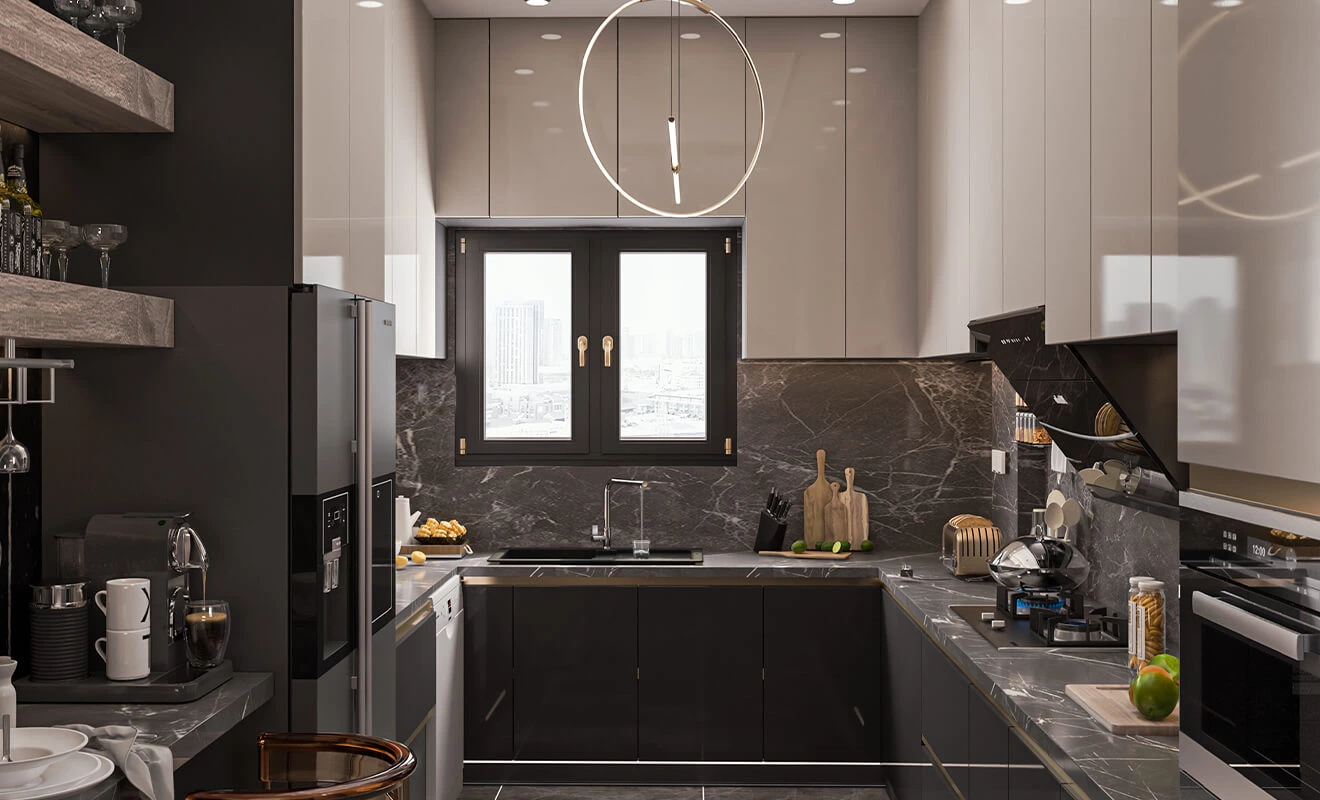
2.Material and Quality Selection
Choosing the right cabinet material and quality is key to ensuring durability and long-term use. Remember to consider the following material options and quality considerations:
Solid Wood: Cabinets crafted from solid wood exhibit natural beauty and texture but require regular maintenance to prevent warping and damage.
Engineered Wood: Cabinets made from engineered wood offer a relatively lower price point along with good durability and stability. Opting for High-Density Fiberboard (HDF) or Medium-Density Fiberboard (MDF) provides enhanced quality.
Steel: Steel cabinets exude a modern aesthetic and sturdiness, making them suitable for industrial-style kitchens or those seeking long-lasting durability.
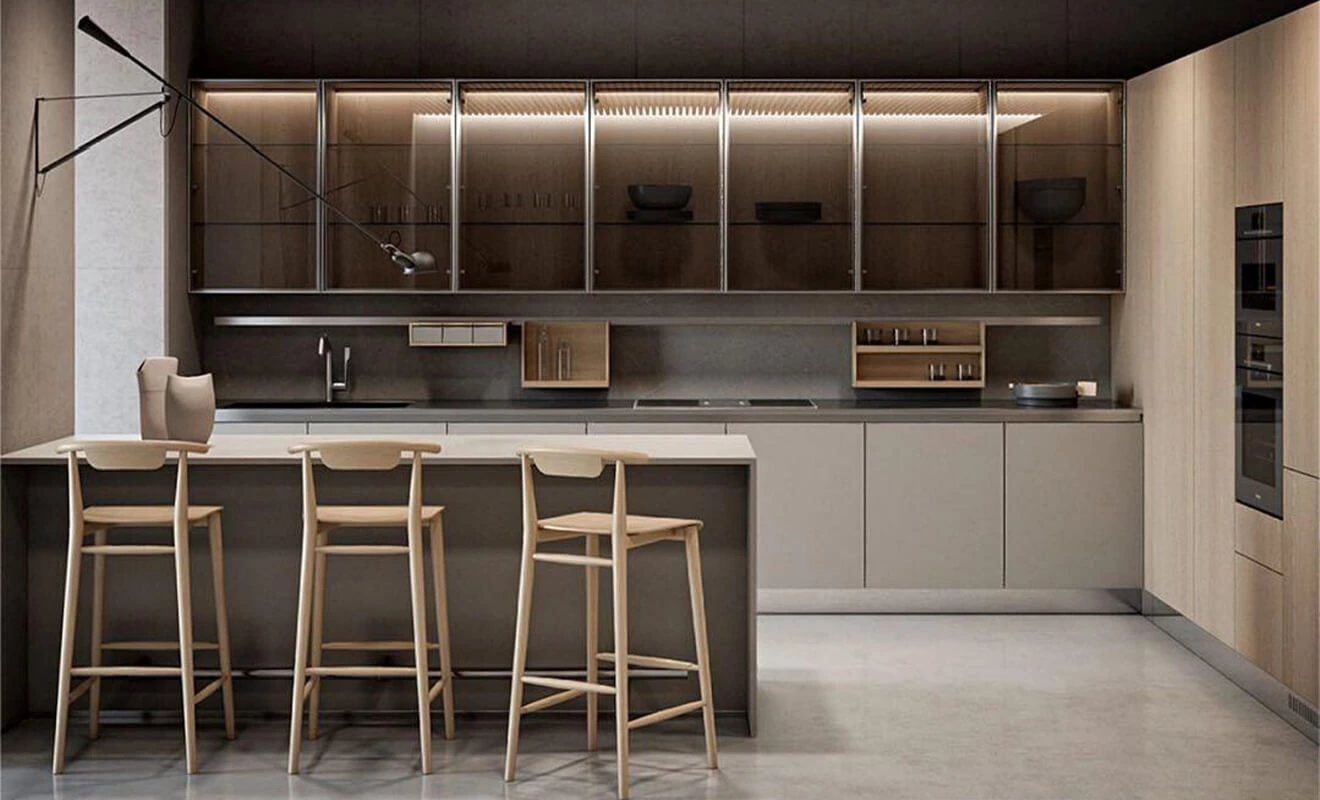
In addition, pay attention to the following quality details:
Structural Stability: Ensure the cabinet's frame and connectors are robust and reliable, providing lasting support and stability.
Smooth Operation of Doors and Drawers: Test the smoothness of opening and closing cabinet doors and drawers to ensure seamless operation.
Durability: Understand the selected material's resistance to water, antibacterial properties, and wear resistance to adapt to the daily demands of the kitchen environment.
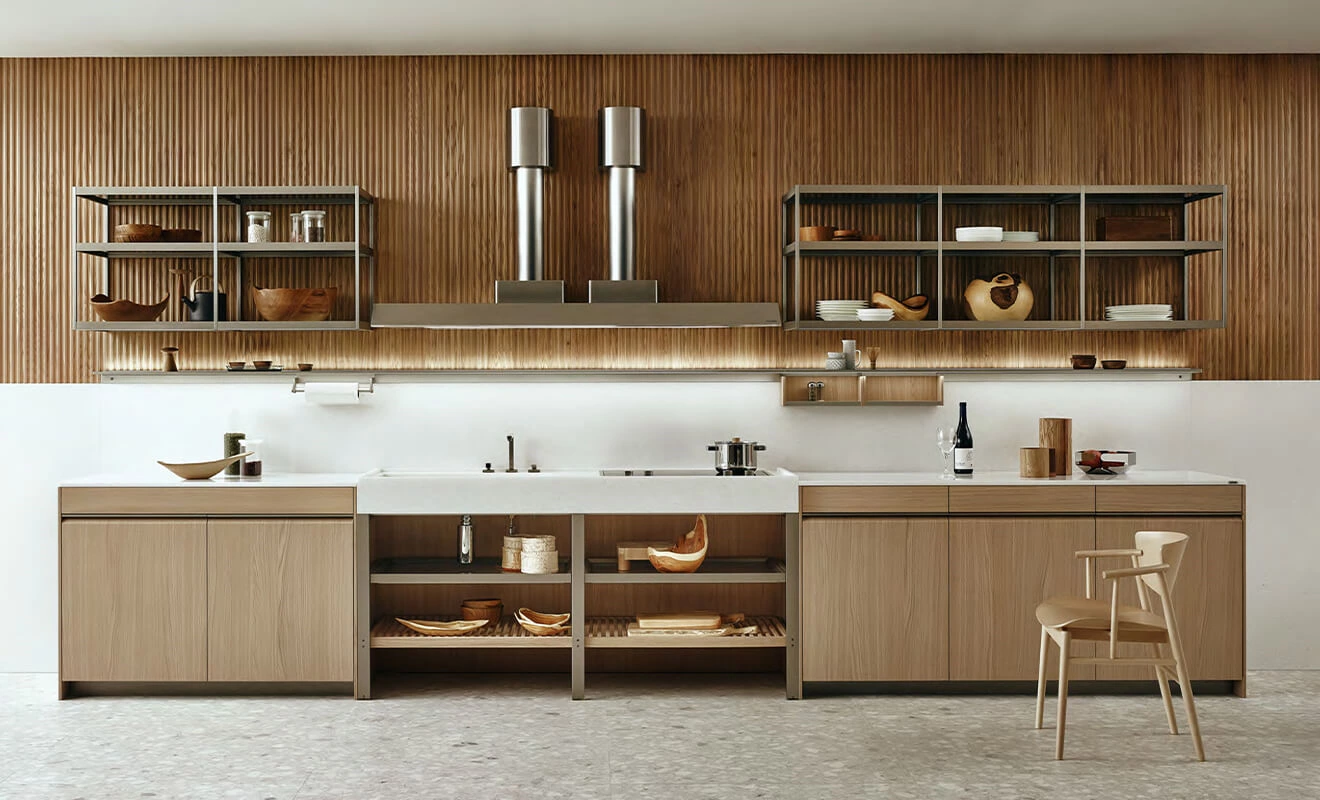
3.Style and Design
Cabinet style and design are crucial factors in determining the overall aesthetics of the kitchen. When choosing cabinet styles, consider coordination with the overall interior design to create a harmonious visual effect.
Finish: Choose different finishes like flat panels, raised panels, or carvings to suit various interior styles and personal preferences.
Handle: Consider handle styles and materials that match the cabinet style while ensuring comfort and usability.
Countertop: Select an appropriate countertop material like quartz, sintered stone, or stainless steel based on the overall kitchen design and personal preferences.
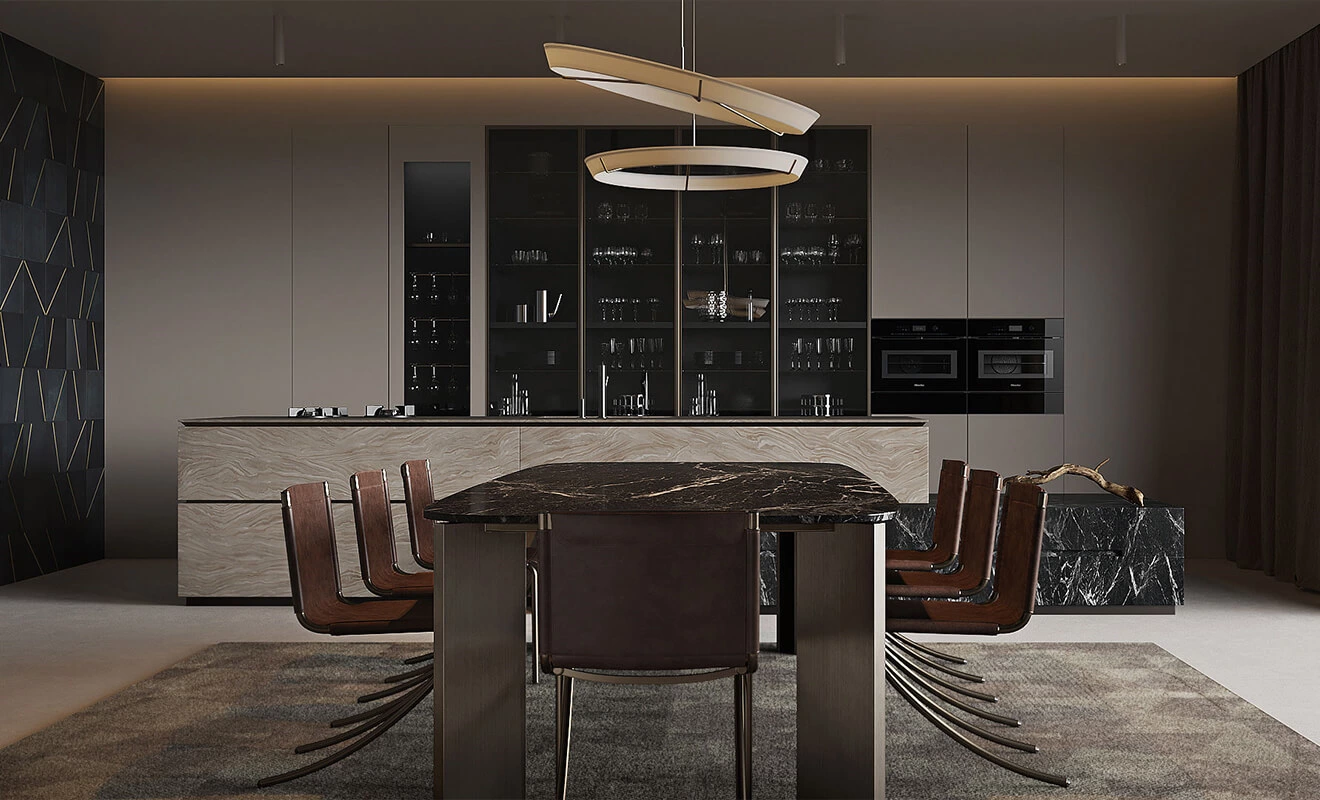
4.Storage Organization
The storage organization of cabinets are crucial for kitchen usability. Choose cabinet configurations that maximize storage space utilization based on family needs and personal habits.
Drawer Systems: Opt for cabinets with dividers or nested drawers for better organization of kitchen utensils and tableware.
Shelves and Racks: Select adjustable shelves and racks to accommodate items of different heights and sizes.
Dividers and Trays: Consider using dividers and trays to organize and store small items like spice bottles and pot lids.
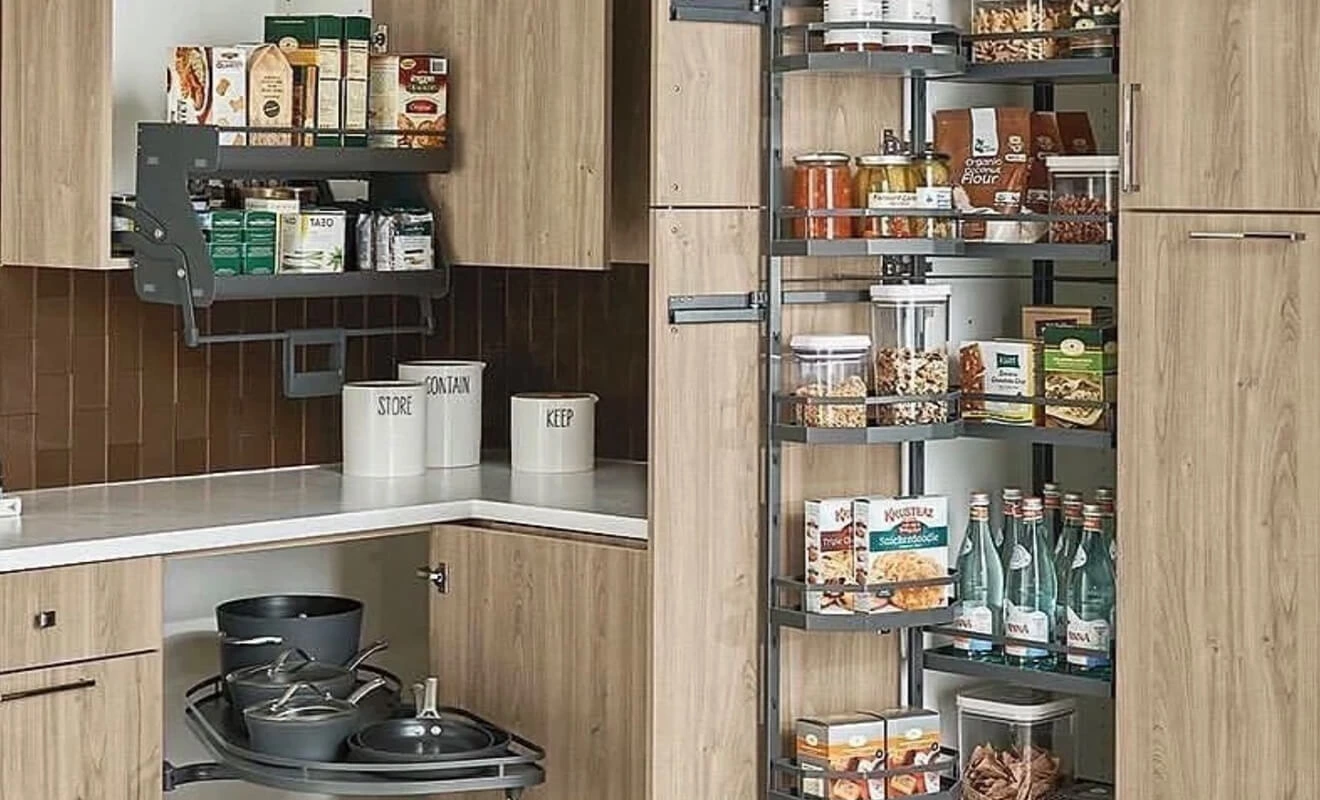
5.Detail Considerations
When choosing cabinets, consider details that enhance usability and ease of maintenance.
Internal Lighting: Contemplate installing lighting systems inside cabinets to improve visibility and usability.
Cleaning: Choose materials and designs that are easy to clean and maintain to reduce the challenges of daily upkeep. For instance, opt for smooth and easily cleanable countertop materials and seamless cabinet designs to minimize opportunities for dirt and bacteria.
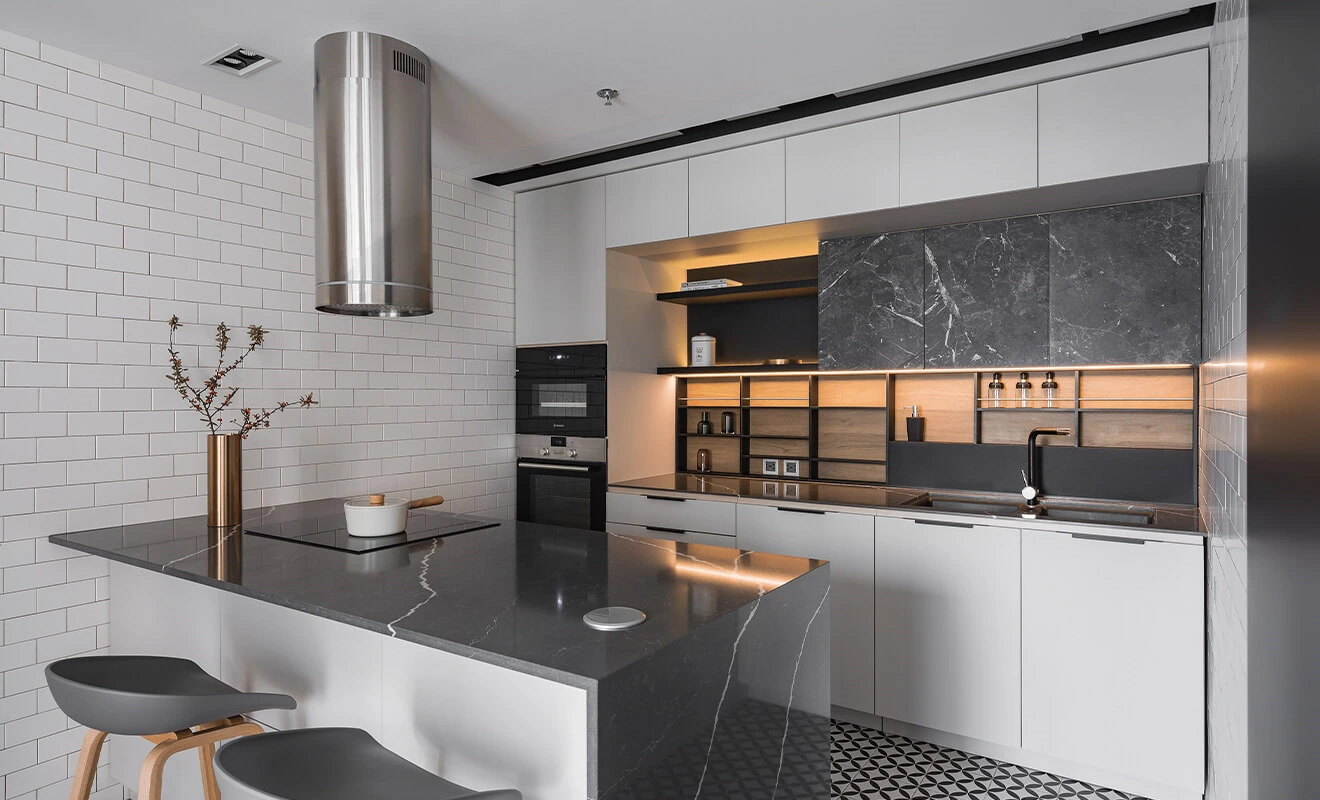
6.Budget and Long-term Investment
Before purchasing cabinets, establish a reasonable budget and strike a balance between price and quality. Although upfront cabinet costs may require a substantial investment, considering the cabinets' long-term use and durability makes it a worthwhile decision. Choosing reliable and durable cabinets not only meets needs for an extended period but also adds value and appeal to the entire kitchen.
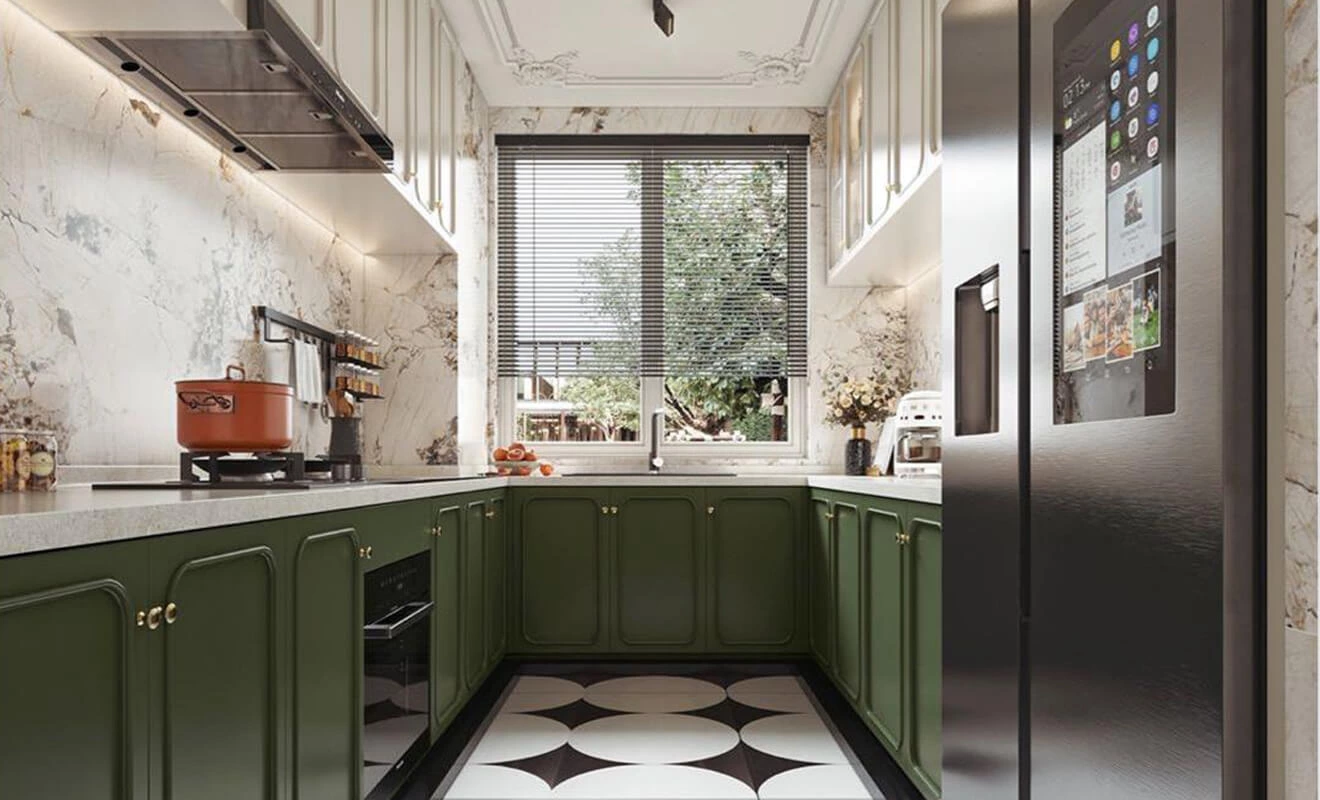
Besides the initial purchase cost, consider the long-term maintenance and upkeep costs of cabinets. Understand the characteristics and maintenance requirements of the materials to ensure proper care, prolonging the cabinets' lifespan and appearance.
